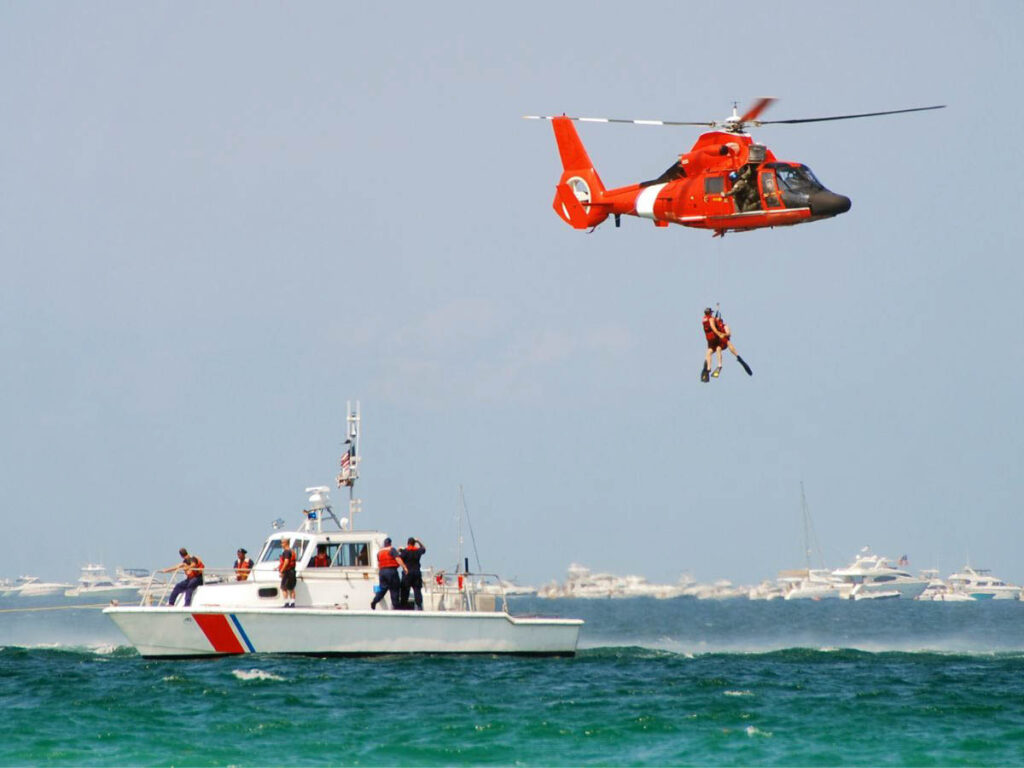Every maritime team needs to know the best water rescue methods. Learn the best water rescue tactics and develop vital skills to save lives in critical moments.
Marine rescue teams save lives, preserve property, and prevent accidents from turning into disasters. A successful water rescue effort requires a clear understanding of different rescue methods, equipment, and techniques that can positively impact the outcome of an emergency. Every team needs to know the best water rescue methods to develop vital skills in critical events.
The Importance of Water Rescue Methods and Tools
By mastering various water rescue methods and utilizing the right equipment, responders can assist with water emergencies and ensure the safety of the victims. Inflatable water rescue boats are essential for rescuers. They offer various features, such as rapid inflation, increased maneuverability, and portability, making them fundamental to water rescue operations.
Reach, Throw, Row, Go, Tow
Maritime rescue missions include the following methods: Reach, throw, row, go, and tow. They form the basis of effective water rescue methodology. Understanding and mastering these techniques can improve the outcome of each marine rescue mission.
Reaching Technique
The simplest and safest water rescue method, the reaching technique, involves extending a pole, branch, oar, or other sturdy object to a victim close enough to grab onto it. The reaching technique provides the rescuer with a comfortable and secure position at the water’s edge and avoids risks associated with entering the water themselves.
Throwing Technique
Marine rescue teams must utilize the throwing technique when the victim is far away. This method requires rescuers to throw a flotation device or rope toward the victim to establish a connection and pull them to safety.
Rowing Technique
Rescuers can approach a victim using a rescue boat or personal watercraft. The rowing method is beneficial in environments with strong water currents or for exhausted victims who are unlikely to swim toward the rescuer.
Go and Tow
Marine teams must be well-versed in the go-and-tow methods when entering the water to save a person. With the go method, rescuers swim to the victim with a flotation device at the ready. The tow method requires the rescuer to secure the victim to the flotation device or a rope before moving to safety.
Helicopter Rescue
In extreme cases, a helicopter rescue may be the most feasible solution. Helicopters are ideal for offshore or remote water emergencies. Rescuers use a winch to extract victims from the water. This method requires pilots and rescuers to communicate when rescuing victims.
By mastering these various water rescue methods and having a thorough understanding of the tools neededin these situations, marine rescue teams can save lives and prevent tragedies. Investing in high-quality rescue equipment and maintaining a well-trained team can significantly enhance rescue teams’ ability to safeguard their community and have a positive impact.







